Some days ago, one of our SOVA team members had an opportunity to talk with Ryan Klingensmith, the founder of “Shape the Sky: Creating Responsible Kids on Smartphones.” 
In Mr. Klingensmith’s 20 years of working as a therapist, supervisor, and community educator in a variety of settings for young people and their families, he has seen many changes happening in the lives of adolescents—one of the biggest being technology. In 2010, while working as a therapist, he began to see how much the youth were becoming dominated by social media. And he started to see that many adolescents to share personal, private and even risky content online.
Mr. Klingensmith is a licensed professional counselor and nationally certified counselor who has helped hundreds of adolescents with depression, anxiety, bipolar disorder, eating disorders, self-harm and other mental health challenges. He says adolescents are often not aware of the potential consequences and harms of their online behaviors due to their still-growing cognitive abilities and limited experience. Parents and other adults in teens’ lives, on the other hand, are often not equipped with enough knowledge and understanding about the current technologies and trends to be at the same level as the youth.
Upon recognizing this gap between what teens do and what adults know, he decided to do something to change it, so he founded Shape the Sky, an organization designed to give adults the education they need so they may teach their children to use technology responsibly, safely and with wisdom.
Mr. Klingensmith mentioned that just as “you need to be trained to drive safely,” adolescents need to be trained to use social media wisely. Furthermore, he said, “adults involved in children’s lives can serve as great resources to train children about technology. Adults need to teach children to behave responsibly and smartly when using social media.”
As part of the programs of “Shape the Sky,” Mr. Klingensmith developed a series of training programs. These programs are designed to support adults in understanding the online world and in learning techniques to communicate with their children more effectively about technology and social media usage.
We asked Mr. Klingensmith if there were any advice that he would give to adolescents and parents at SOVA. He recommended that adolescents reach out to trusted adults for guidance while using technology, especially when they encounter other youth posting mental health red-flags through social media. He suggested that parents try to educate themselves about technology, in order to offer better guidance and education to their children regarding using social media. His ultimate goal is to “create responsible kids on smartphones, through adult guidance.”
Who have you known who has changed your life with a positive word?
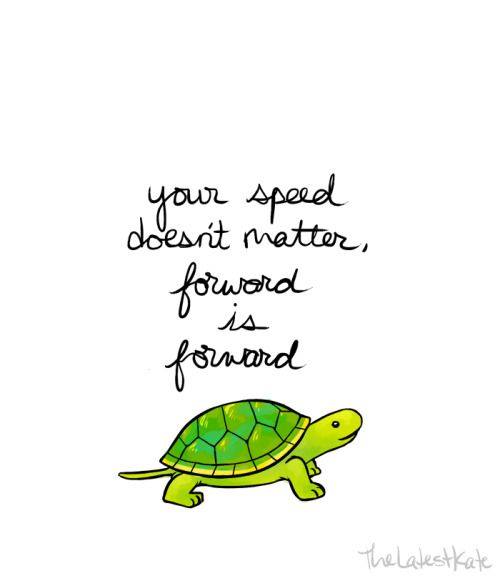 One thing that can be really tough when you have a mental illness is feeling like you are less than. Especially when you see stuff stuff on Facebook, Twitter, Instagram, and the like. It can be hard to feel like you’ve made any progress toward a healthier you when it seems like everyone on social media is on vacation, or cooking like a pro, or having a blast with all their friends.
One thing that can be really tough when you have a mental illness is feeling like you are less than. Especially when you see stuff stuff on Facebook, Twitter, Instagram, and the like. It can be hard to feel like you’ve made any progress toward a healthier you when it seems like everyone on social media is on vacation, or cooking like a pro, or having a blast with all their friends.

 Although talking to friends often comes more naturally, there are some situations in which parents or guardians can shed a brighter light on a tough situation than your peers. Whether you feel that your relationship is strong with your parents or not, they are the ones who care more about your well-being than anyone else. Tough subjects to bring up with parents can include a wide range of topics, anywhere from a speeding ticket to self-harm. Here are 3 steps to help you feel ready to approach a tough subject.
Although talking to friends often comes more naturally, there are some situations in which parents or guardians can shed a brighter light on a tough situation than your peers. Whether you feel that your relationship is strong with your parents or not, they are the ones who care more about your well-being than anyone else. Tough subjects to bring up with parents can include a wide range of topics, anywhere from a speeding ticket to self-harm. Here are 3 steps to help you feel ready to approach a tough subject.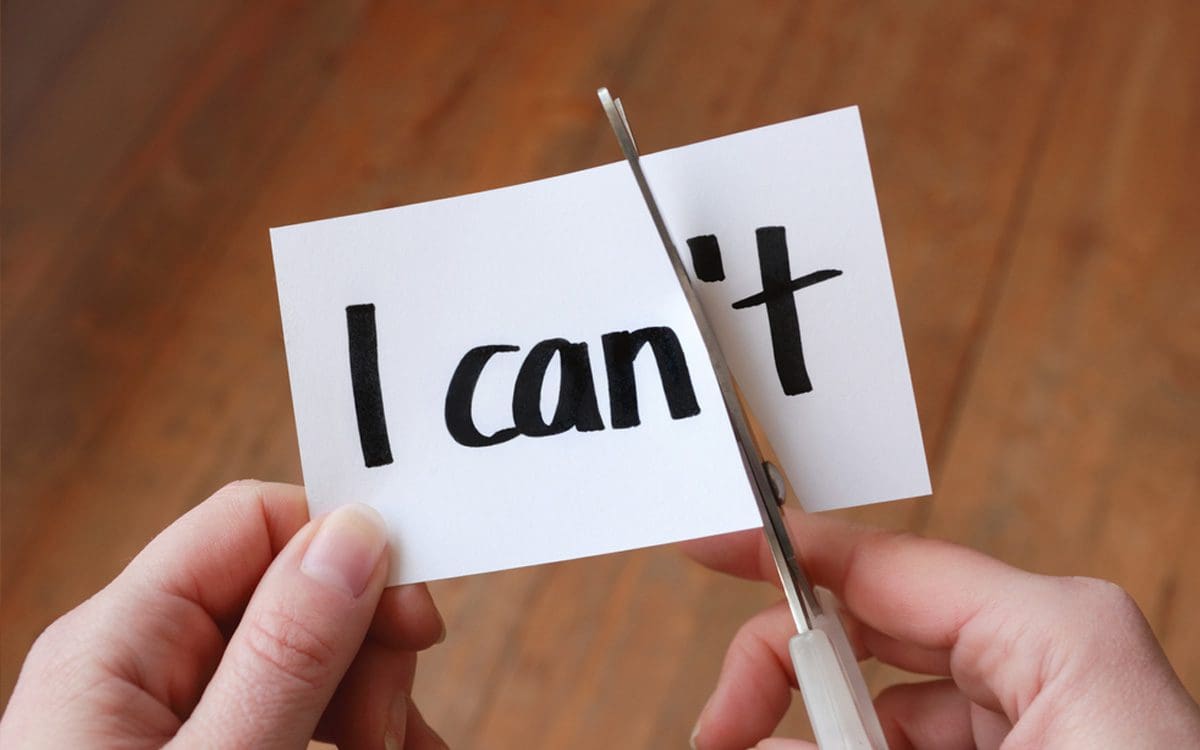
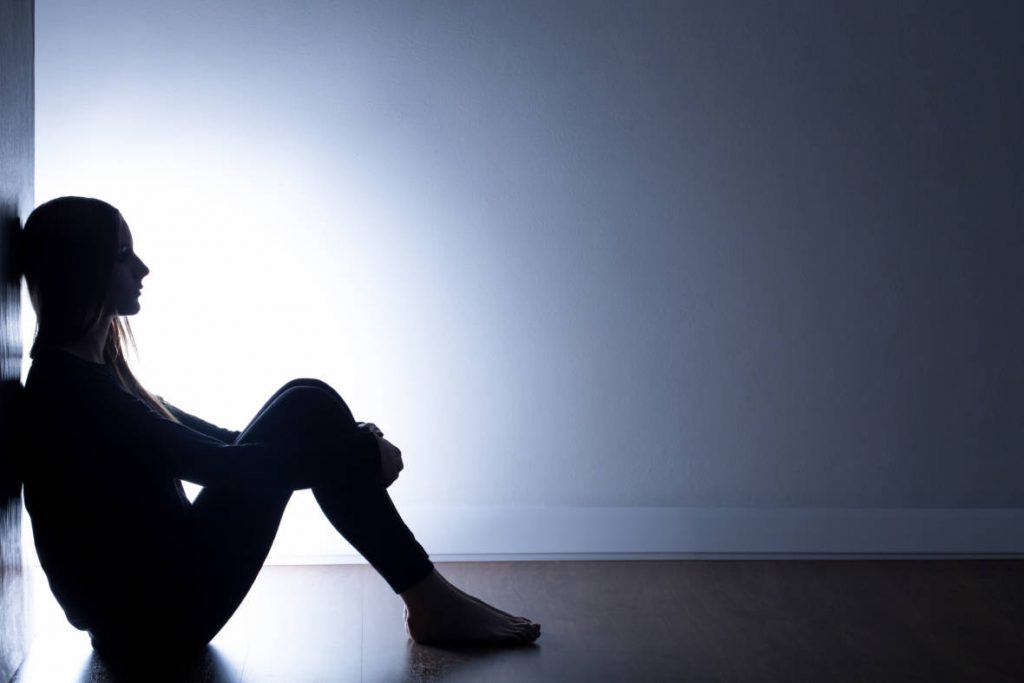 Have you ever been confused about what the source of your depression symptoms is? If so, you are not alone.
Have you ever been confused about what the source of your depression symptoms is? If so, you are not alone.


 Have you ever been in the library and checked your phone compulsively while slaving away on on a final paper or cramming for a final exam? Are you checking to see what other people are doing—in case they’re having a more interesting life than you are?
Have you ever been in the library and checked your phone compulsively while slaving away on on a final paper or cramming for a final exam? Are you checking to see what other people are doing—in case they’re having a more interesting life than you are?
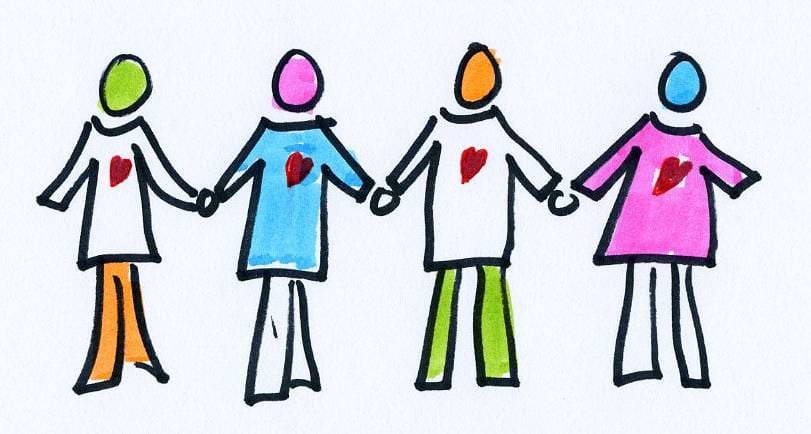
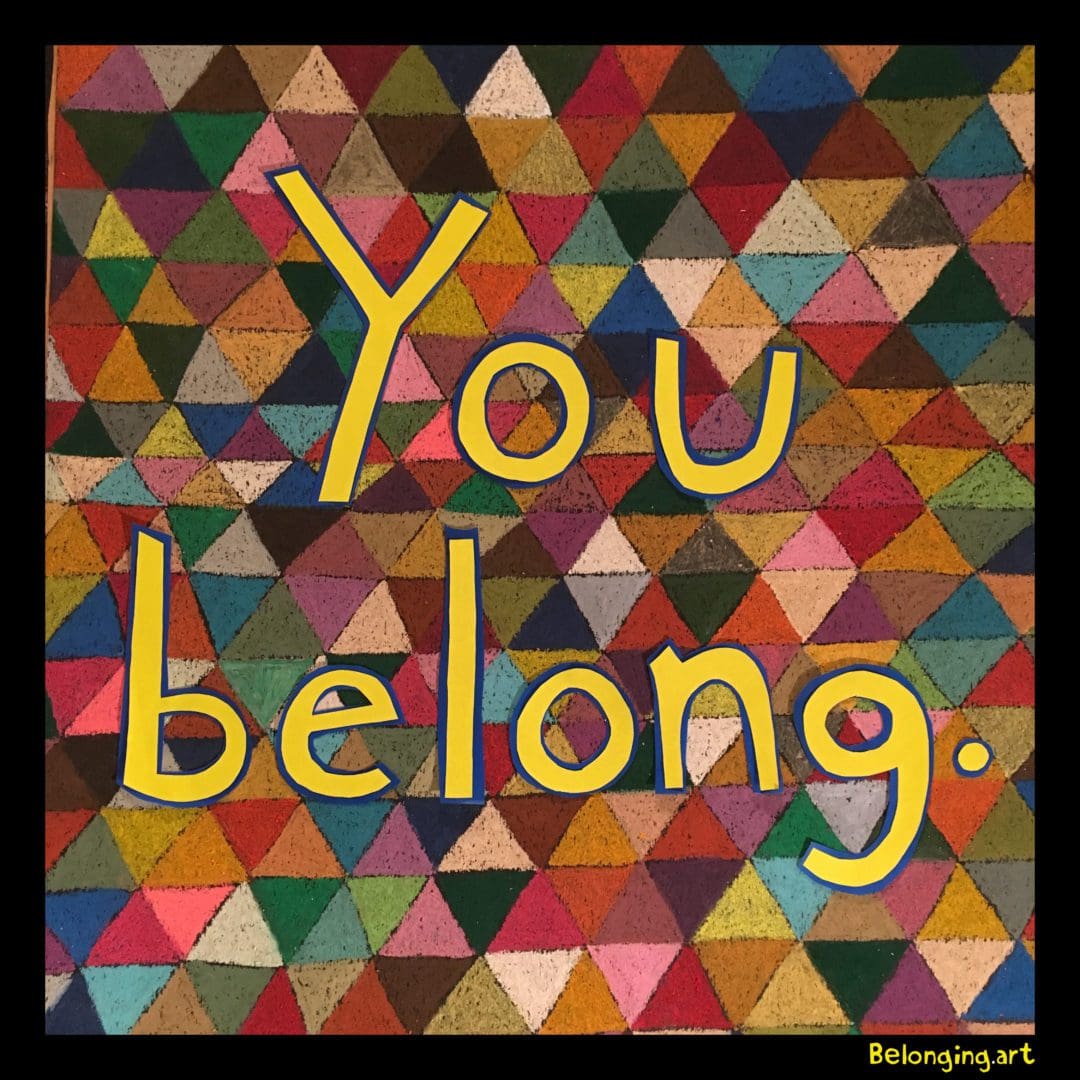 Human beings all crave the feeling of belonging. We want to have familial relationships and friendships that support us and make us feel good. However, when we start to feel others no longer want us, we experience the weight of loneliness and isolation. We may try different ways to feel connected with the group again.
Human beings all crave the feeling of belonging. We want to have familial relationships and friendships that support us and make us feel good. However, when we start to feel others no longer want us, we experience the weight of loneliness and isolation. We may try different ways to feel connected with the group again. 

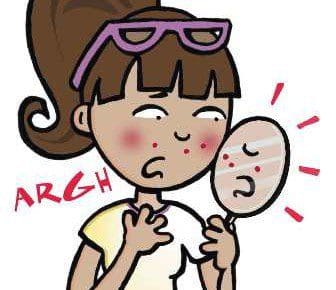
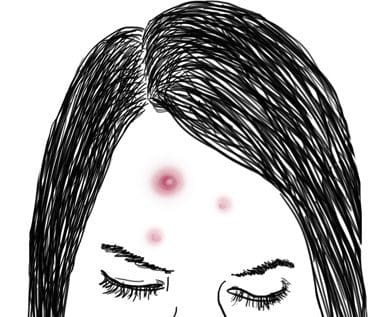 Do you ever get nervous about posting photos of yourself on social media when you’re in the middle of a breakout?
Do you ever get nervous about posting photos of yourself on social media when you’re in the middle of a breakout?

Recent Comments